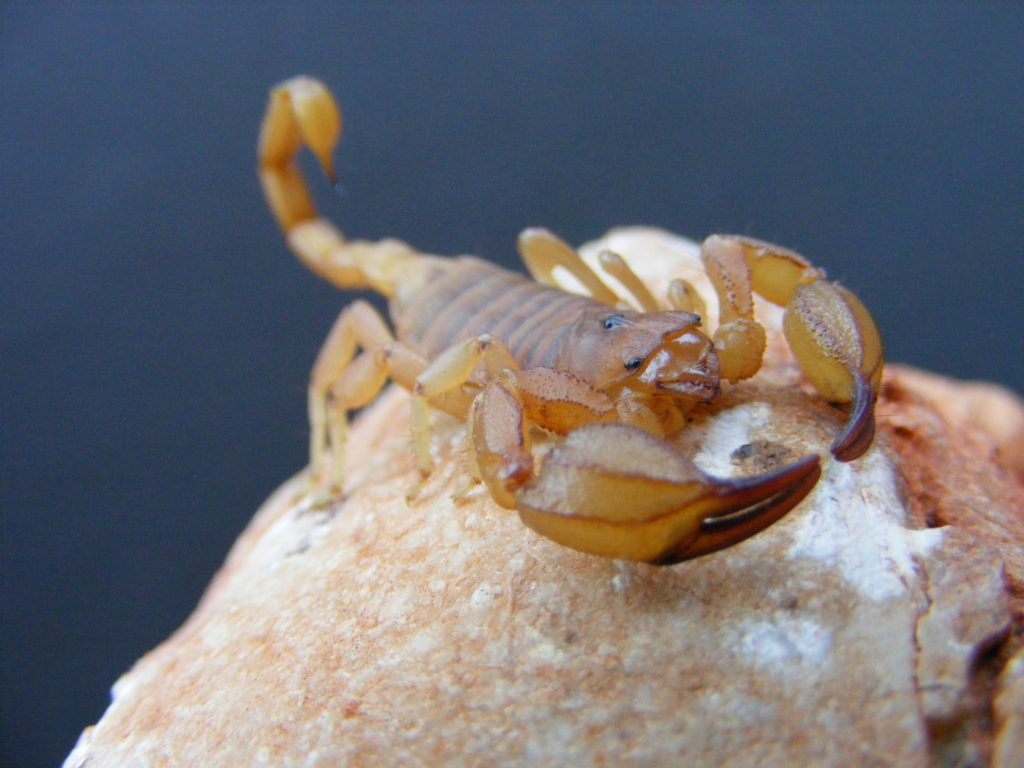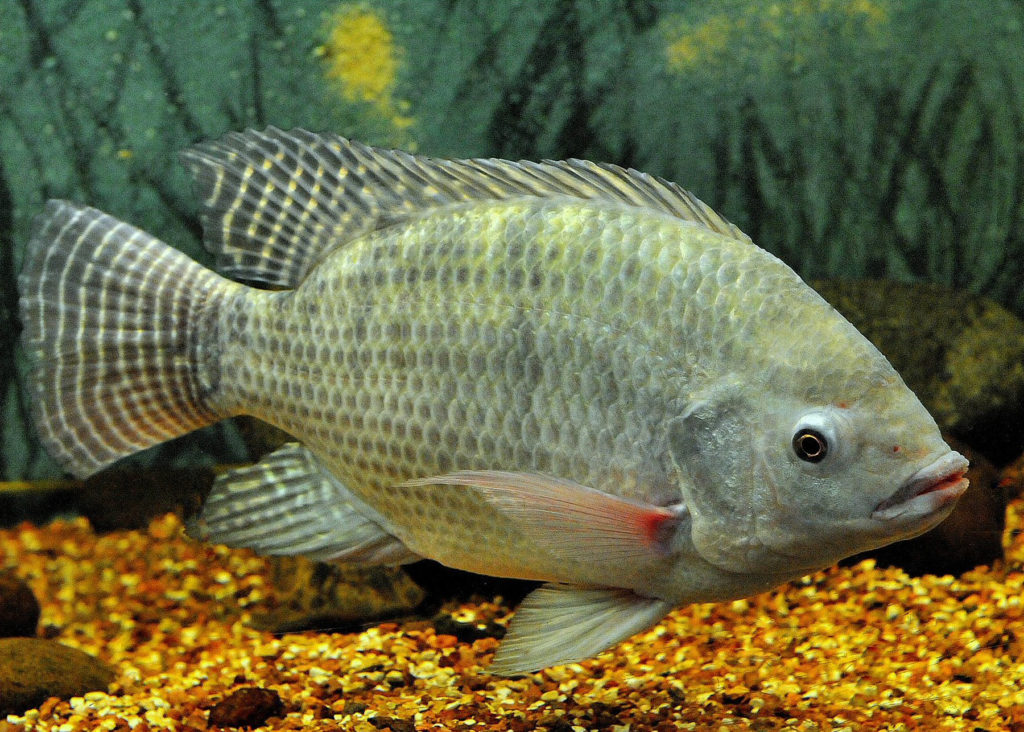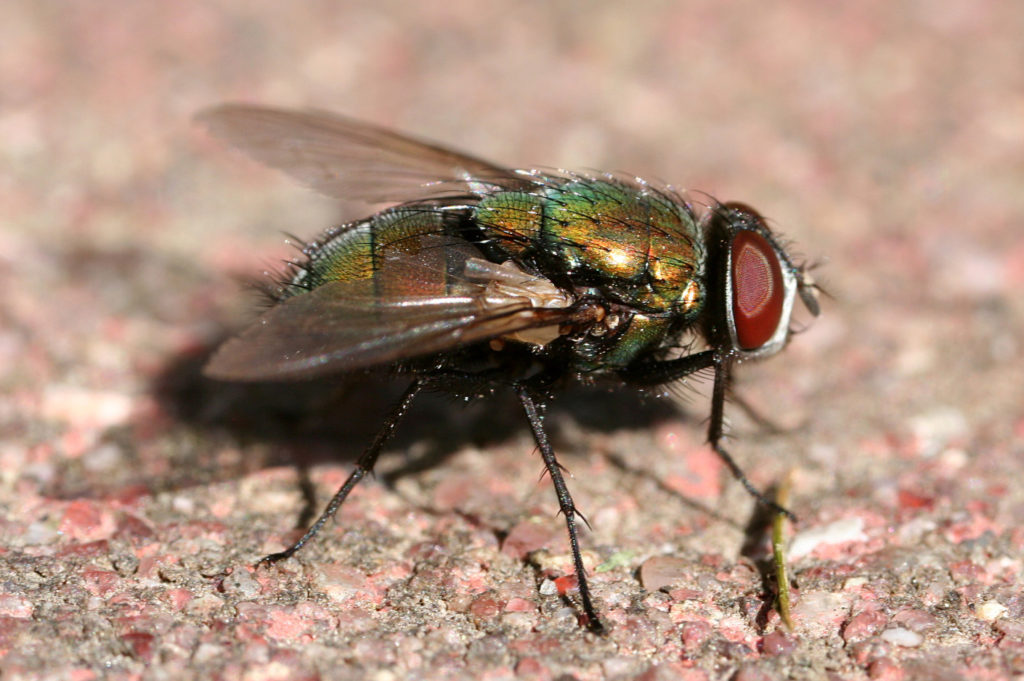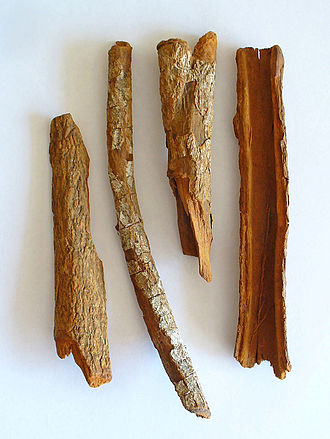 Upon further investigation, scorpion venom could turn from toxin to medicine in a pinch. Credit: Bill and Mark Bell. Flickr CC BY-NC-SA 2.0.
Upon further investigation, scorpion venom could turn from toxin to medicine in a pinch. Credit: Bill and Mark Bell. Flickr CC BY-NC-SA 2.0. Upon further investigation, scorpion venom could turn from toxin to medicine in a pinch. Credit: Bill and Mark Bell. Flickr CC BY-NC-SA 2.0.
Upon further investigation, scorpion venom could turn from toxin to medicine in a pinch. Credit: Bill and Mark Bell. Flickr CC BY-NC-SA 2.0.



